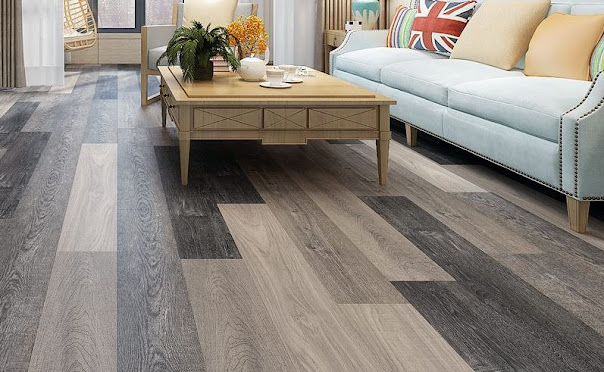What Is The Beauty And Durability Of Persian Carpets That Are Made From Materials Such As Wool, Cotton, Silk And Wool/Silk Blends?
Persian Carpets are hand-made works of art that have long been admired around the world for their beauty and durability. This art form has a history of over 2500 years and continues to impress today with its unique design elements, intricate craftsmanship, and enduring elegance.
Number Of Knots Per Linear Inch Across Warp
Persian Carpets are made with a variety of materials including wool, cotton, silk, and wool and silk blends. The yarns are twisted either by hand or mechanically to produce the desired thickness and texture of the finished rug. The weft is usually a cotton or silk thread, though some weavers use other fibers like hemp and flax.
Weaving techniques vary depending on the area in which the carpet was woven and the design. In some areas, the carpets are made with an extremely dense weave, while in others they are woven using a looser weave. Weavers can also use different types of knots to achieve their desired effect, such as a "z" or "S" twist.
High-Grade Silk Pile With Elegant Floral & Hunting Patterns
Some carpets are woven on large looms, while others are woven by hand on a frame. The frame, which is often made of wood or metal, helps to anchor the weft and make it stronger.
The quality of the Best Persian Carpets depends on the number of knots per linear inch across the warp and weft, as well as the amount of filling. The higher the quality, the better the rug.
Among the most recognizable styles of Persian rugs are those woven during the Safavid period. These rugs are known for their exquisite high-grade silk pile, elegant floral and hunting patterns, and poetic inscriptions. They were made in Isfahan and Kashan under the supervision of the Safavid court.
Movement & Fluctuation In Natural Environment
In this period, the Safavid rulers opened schools for the advancement of arts and sciences, which included tile painting, metalwork, and carpet weaving. The king also introduced Shia Islam as the official religion of the country, and he encouraged Persians to pursue all artistic pursuits.
These academies produced some of the finest woven pieces in the world. The most famous Safavid rugs include the Polonaise carpets, which feature fine silk pile with metallic brocade techniques.
Some of the most notable designs in Iranian rugs are medallions, guls, botehs, dangling flower motifs, and S-curve or sinuous lines. These designs represent the traditional Persian rugs that have become so well-known worldwide, and they are a testament to the masterful craftsmanship of Iranian weavers.
Garden rugs are also a popular type of Persian carpet. These rugs depict the movement and fluctuation of garden waters in a way that suggests the natural environment. They are usually divided by channels of water into four squares, and the centre medallion is often a pool or channel containing fish and ducks.
Conclusion:
The water is often surrounded by flowers, shrubs, or other plant life. The garden design is one of the most famous of all Persian carpets, and it has been a staple in Persian art for centuries. Decorative carpets were also common, and a great deal of attention was given to these. These rugs usually contain a variety of motifs, such as leaves, vines, palmettes, and pomegranates.
.jpg)



Comments
Post a Comment